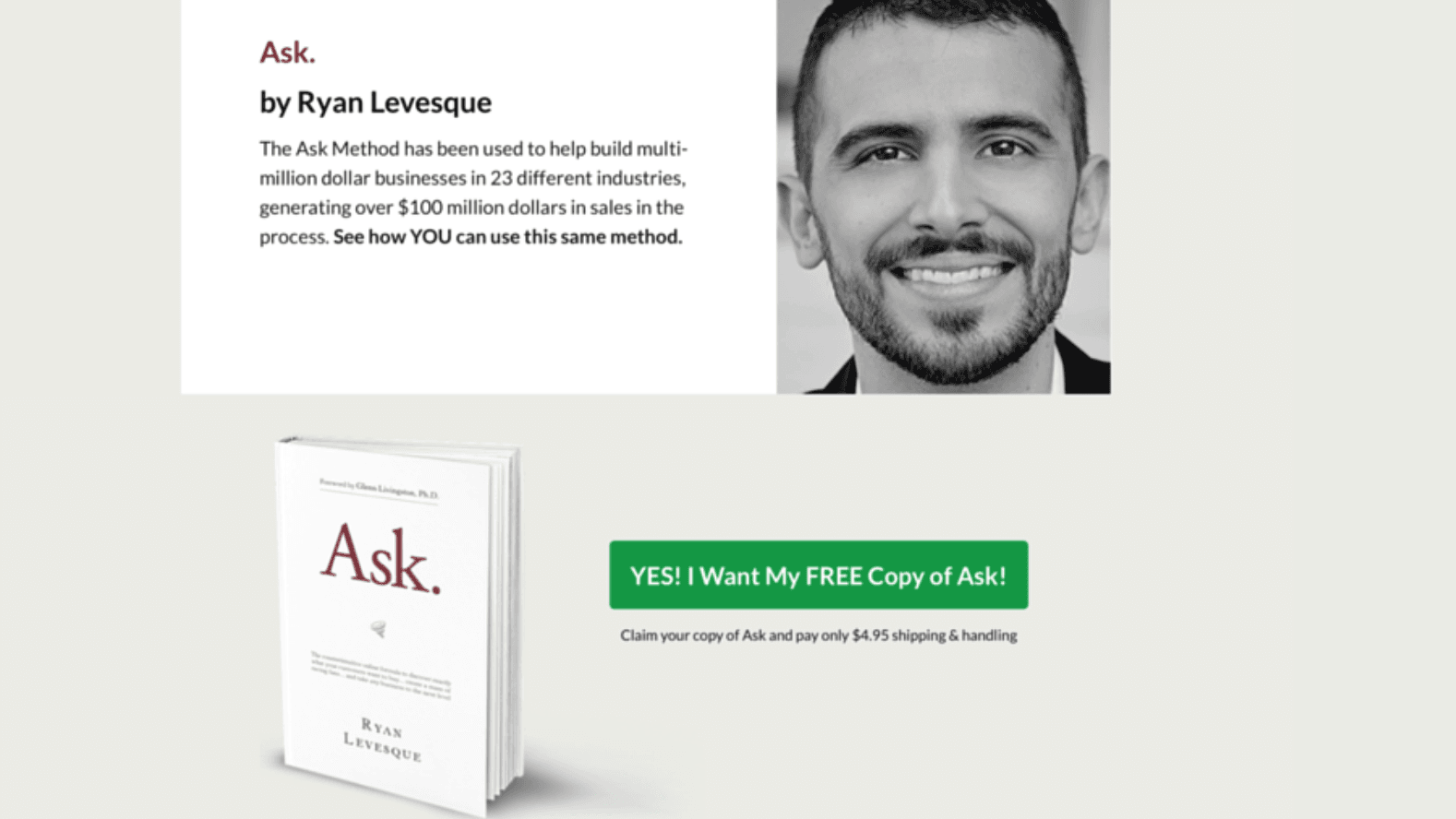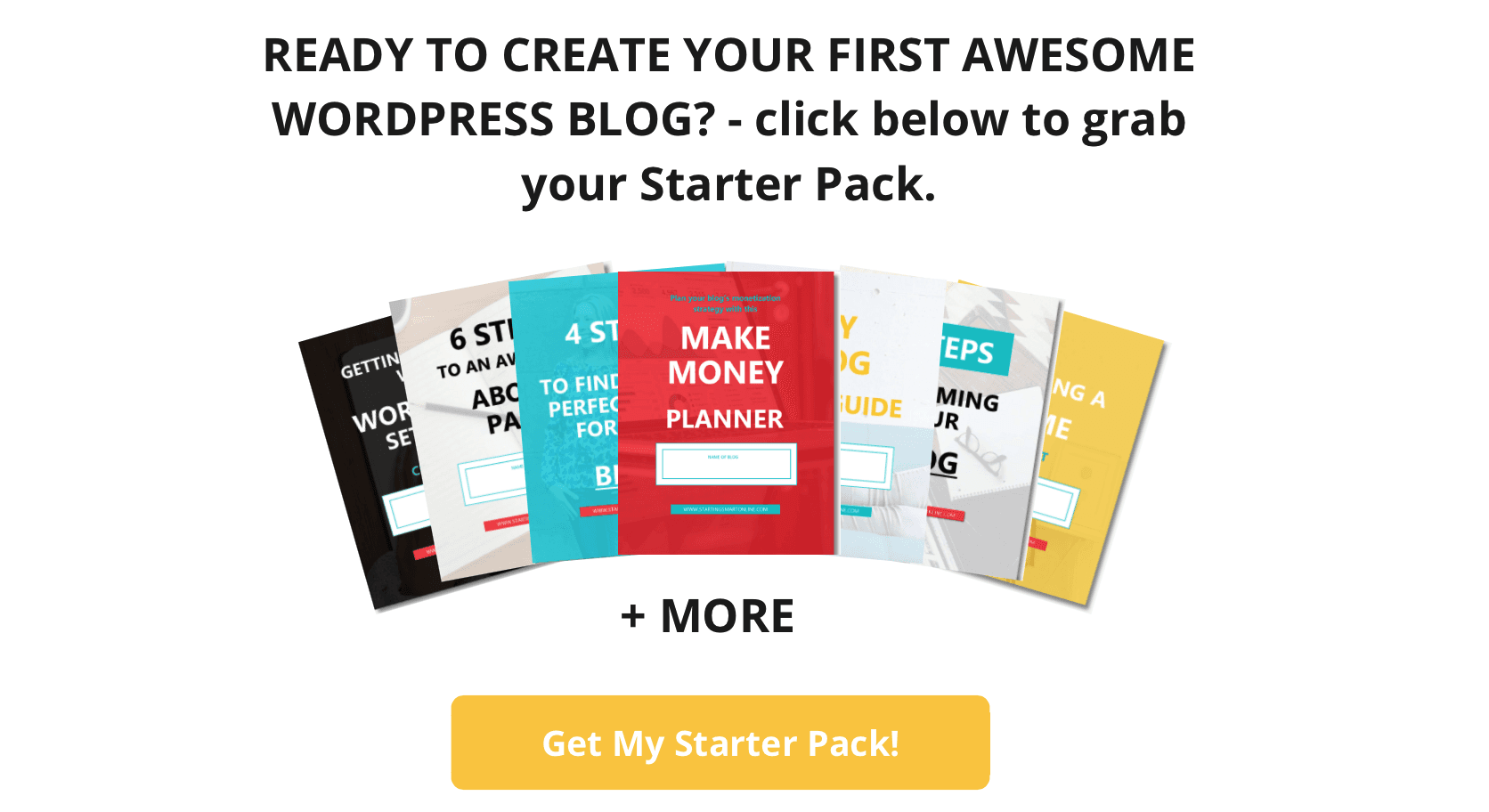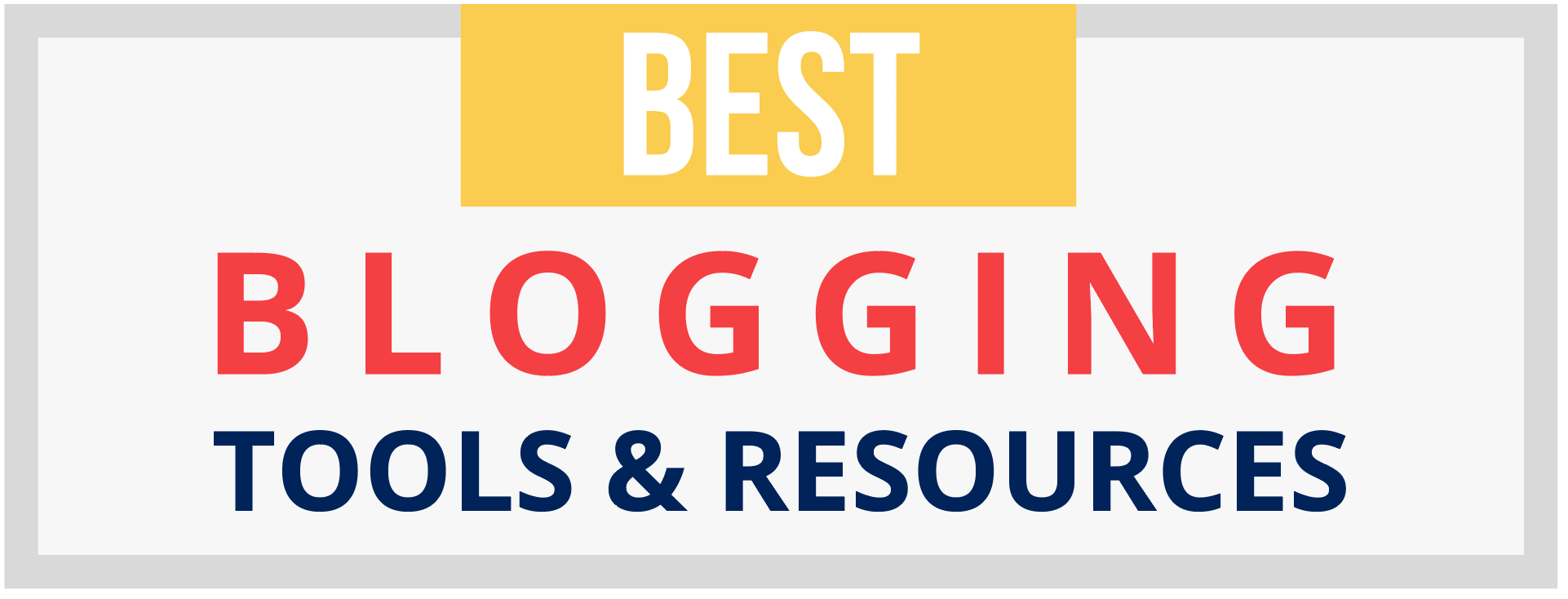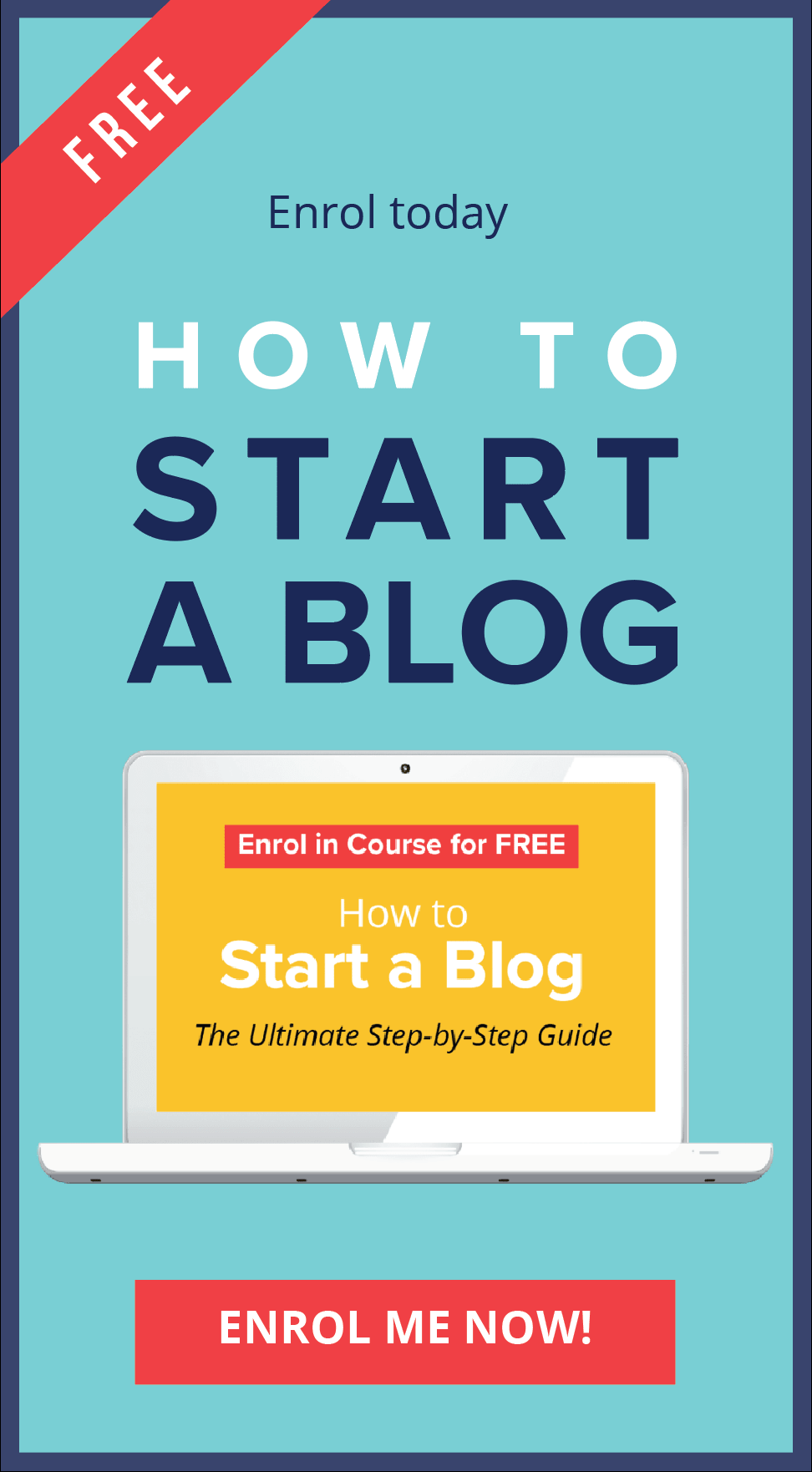Finding an idea before it finds you, isn’t easy. You know you want to start a business but don’t know how to get an idea and find out exactly what it is you want to do.
A common misconception is that you have to invent something new. Not all entrepreneurs are pioneers. Many, take something that’s already been done before and do it better.
Around 80% of new businesses started by entrepreneurs fail in the first 18 months. Resources are ploughed into strategies that sell an idea because it’s unique, finding a market for the product instead of the other way around. Successful entrepreneurs find a product for the market and get paid for solving the problem.
In this post, you’re going to learn how to get an idea for a business.
There are two ways to go about it.
One way is to brainstorm, where you come up with an idea.
The other way, is to go straight to a specific audience and discover what problems they are experiencing.
That sounds great in theory but how do I go about it?
Luckily, there are processes you can follow step by step to uncover your next idea.

Here are some inspiring start up stories
Nerd Fitness
Steve Kamb, owner of NerdFitness.com and video game enthusiast, created one of the most successful online fitness communities in a highly competitive industry. Steve had been training in a gym for 6 years before moving interstate where he joined a new gym with a free personal training session. He had more success in the following 30 days than his entire life.
He decided he would help other people get to this solution without wasting years and making all the mistakes he had. Steve’s point of difference was the concept of building fitness around the gamification of life, taking games, books and movies he loved as a kid and using them as inspiration and motivation to get fit.
Read more about Steve’s journey here.
Sleeping Duck
Selvam Sinnappan and Winston Wijeyeratne discovered an opportunity in the mattress industry while exploring a range of ideas for a start-up. The industry was stagnant and ripe for a shake-up with over the top prices and lack lustre service. Sleeping Duck was founded in Melbourne Australia in 2014.
After only 10 months of trading Sinnappan and Wijeyeratne turned over their first million dollars and have since expanded into Germany and the UK.
Selling mattresses and building an online fitness community are not original ideas. By solving the problem of poor service and high prices and by putting a different twist on something, Sleeping Duck and Nerd Fitness found success in their respective niches.
2 Methods for Discovering What Problem You Can Solve
#1. Ask Your Audience
Today, there are ground breaking new ways to find good ideas.
Entrepreneurs and pioneers such as Ryan Levesque and Dane Maxwell have changed the way people and companies source new ideas for products and services.
Dane Maxwell, never starts with a business idea but instead, heads straight to a particular market or group to ask people what their pains and problems are and discover how their job or life could be made easier.
In doing so, eliminating the need to worry about generating good ideas, and focusing instead on how to solve a problem.
For the full story, check out SPI podcast 046: Building a Lucrative Business with No Ideas, No Expertise, and No Money with Dane Maxwell or read the transcript.
Marketing insider, Ryan Levesque has developed a formula described as the “Ask Formula”.
The “Ask Formula” methodology combines a unique and specific sequence of online surveys designed to discover exactly what customers want and are willing to pay for. You can order a free (+deliver) copy of the book here.
According to Levesque, people can’t accurately tell you what they want. The questions people can answer accurately are:
- What they don’t want; and
- Questions about their past behaviour
Potential customers may tell you what they want and will pay for, but it’s crucial to sift out the false positives and focus on actions not words.
The ASK Survey
Here is a brief description of the survey sequence:
-
The “Deep Dive” Survey
You send an open-ended survey to your email list asking them what their single greatest challenge is (along with several additional questions). In doing so, you gain a deep understanding of your market and the natural consumer language they use. Based on the results of the survey you’ll be able to identify the biggest “buckets” or categories of customers. The book dives into important nuances to this process. If you don’t have an email list, he suggests using a landing page (and presumably paid traffic) to acquire the information or partnering with someone who does have a list.
-
The “Micro-Commitment Bucket” Survey
This survey asks people a series of small, non-threatening, multiple choice questions prior to asking more pointed and private questions (such as name and email address). These answers are used to put people into different “buckets” so you can customize marketing, sales messaging and the products you introduce to each customer based on what “bucket” they fall into.
-
The “Do You Hate Me?” Survey
This is a survey you send by email to everyone who has entered into your email follow-up system, but who has not bought from you after you’ve presented people with the absolute best deal, price or promotion you can offer. “What’s the single biggest reason you’ve decided not to work with me or purchase the XYZ product? Was it something I said? Something I didn’t say?” Or “Do you just hate me?”. This survey is to find out why they haven’t bought from you. The data you obtain allows you to tweak, iterate and fine-tune your sales funnel over time.
-
The “Pivot” Survey
If they still don’t buy from you, the final email is sent out saying something like “Hey, listen, I know you’re not really interested in what we’ve been talking about, so which of the following options would you like me to talk about next? Would you like to know about Topic A, or perhaps Topic B, or maybe even Topic C?” What you are really asking is “What do you want me to sell you next”. Usually if your prospect responds to the Pivot Survey email they eventually will buy.
Check out the SPI podcast 178: The Ask Formula – How to Discover Exactly What Your Audience Will Buy (Even If You Don’t Have a Following) with Ryan Levesque or read the transcript.
I hope you find time to take advantage of the amazing insights Ryan Levesque and Dane Maxwell share with Pat Flynn in the above podcasts. The greatest thing about these podcasts is the detail and instruction you get from these guys – real actionable meaty stuff.
#2. Find Your Audience and See What They’re Saying
Search Quora – Quora is a questions and answers forum with a large community and scores of topics. Sign up and type a keyword into the search bar relating to your niche or idea topic and you’ll see all the questions relating to that keyword pop up. The questions provide insight into the problems people are having. Gather a bunch of questions, the more the better and create a file.
Brainstorm
The other method is brainstorming and remember you’re not trying to invent something ground breaking.
Be your own avatar. When you go about your daily routine, is there anything that frustrates you? What are your points of pain? Is there something you do that could be made easier and improved?
Draw your good ideas (and bad) from your personal experiences. Searching the mundane and minute to the exciting and the great. The next part is the creative bit – connecting your experiences to an idea.
I’ll give you an example. I read a book by Jeffrey Archer called “Kane & Able”. The character William Kane, son of a Boston millionaire, grew up learning about finance from a very early age. He had a financial diary where he recorded his earnings and divided his earnings between giving, spending and saving. I loved this concept. I bought a notebook for my daughter. I drew up the necessary columns and set it all out. Unfortunately, I never twigged that this was something I could create as a product. A financial journal for kids. Then one day an old friend launched a new product on Facebook – A financial journal for kids. I had failed to connect my experience with an idea.
Have a Goal
Start with a simple guiding principal or goal. Write it down at the beginning of your brainstorming session and periodically bring your ideas back to your principal or goal to make sure they align. Here’s one. My goal is to simplify and improve the lives of others. To provide value and serve my audience.
Writing down your ideas is best, using either a pen and paper or whiteboard and smart phone camera. If you prefer to use online tools, Mind Meister is great for plotting your ideas and keeping them handy on screen.
The more people in a brainstorming session the better, is generally the rule of thumb but if that’s not possible it’s advantageous if you can source inspiration from outside your daily rituals. For group gatherings open with a reminder of the rule “There is no such thing as a bad idea”.
Finding Inspiration
Look to past and present experiences and seek new experiences, make new connections and step out of your box or comfort zone.
- Use Your Own Experience. Look around you and find those really annoying points of pain and inefficiencies in your everyday life. Start taking notes of any problems you encounter through the day. You should be able to gather a pretty decent list of pet peeves. They are all around you! These problems might just represent a potential business or product opportunity. Take them to your brainstorming session. Your pet peeves are a source for good ideas.
- Step Outside Your Box. Go somewhere you don’t usually go, perhaps the city, a conference, department store or a community event and be in the present. You will notice things you don’t normally notice. Remember, your goal is to find ways you can simplify and improve the lives of others.
- Watch and listen to podcasts. Step outside your usual genres.
- Visit online forums and see what people are complaining about.
- Find out what’s trending, check out Google Trends and other social sites.
Infographic from Quicksprout – click on the image to open.
The Ideas Checklist
How do you know your idea is a good one?
Time for some analysis. Be objective and determine whether your ideas support your goals or principals. Think on them a while and get feedback by talking to people.
When your short list of ideas has been hatched, start asking a few questions.
- Can you define exactly what problem your idea solves?
- What is your unique selling point?
- Are you enthusiastic?
- Is your audience responsive?
- Can you validate the assumption your audience will pay for it?
- How will you monetize it?
- Is it scalable with the potential for automation?
- Is there a sizeable niche market for it?
- What resources and advice can you access?
- How will you market your business?
- Can you define the problem better than your target customer? If so, they’ll assume you have the solution.
And remember, at the end of the day:
“It’s not about ideas. It’s about making ideas happen” – Scott Belsky, co-founder of Behance.
AUTHOR: SARAH PILATI Hi, I’m Sarah! I’m here to help you create your first WordPress blog. I cover the early stages of your project – getting your website up and running! If you have any doubts you can do it yourself, this website is for you! You can get started here.











0 Comments